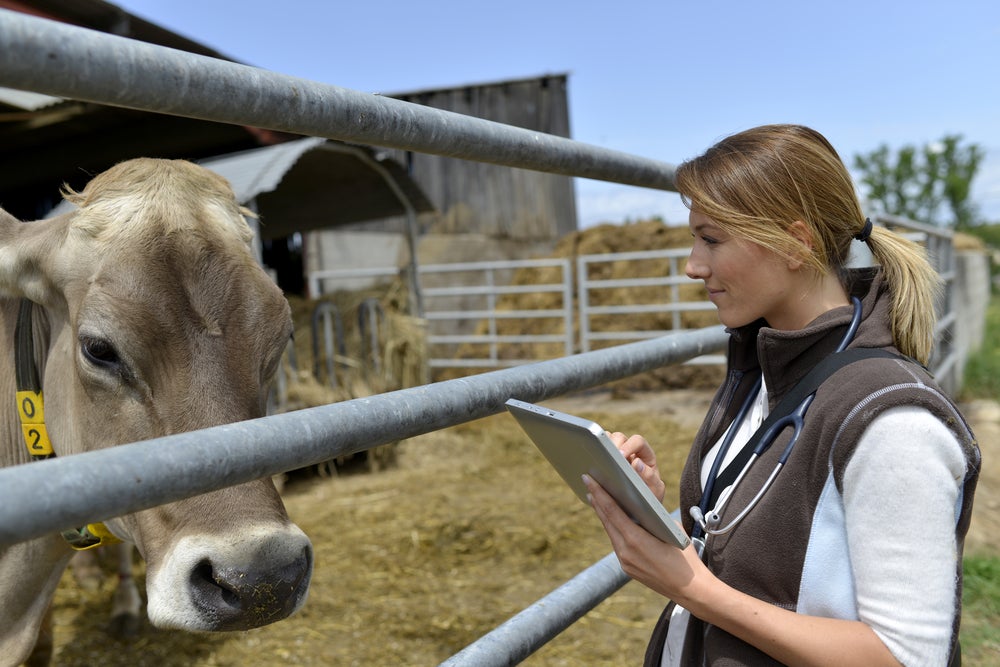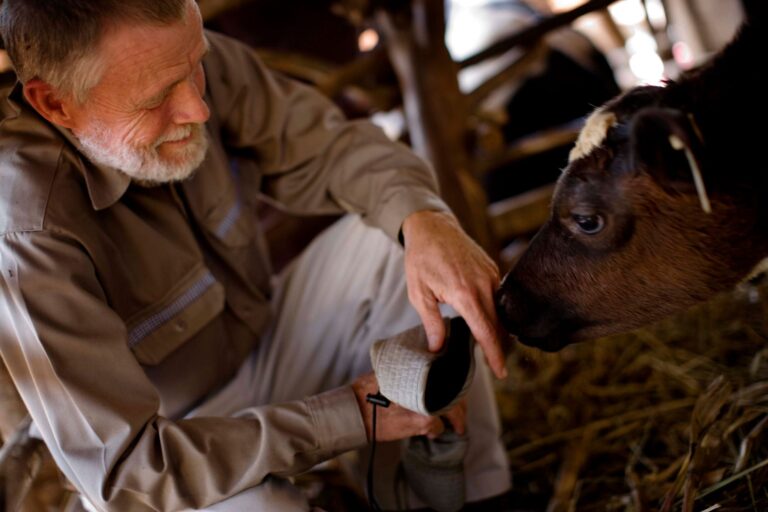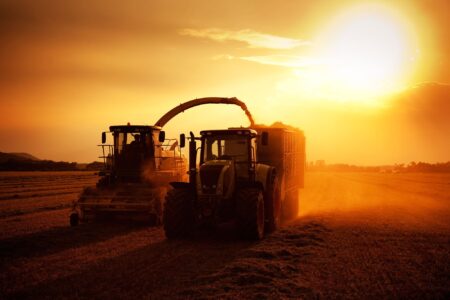DAILY Bites
-
Penn State researchers analyzed 2,150 strains of Salmonella Dublin from humans, cattle, and the environment across the U.S., finding the bacteria remain genetically very similar, showing strong potential for cross-transmission.
-
Bovine strains carried the highest prevalence of antimicrobial resistance genes and multidrug-resistant plasmids, highlighting cattle as a major reservoir for resistant strains.
-
The study emphasizes a One Health approach by addressing humans, animals, and the environment together in order to manage and reduce risks of antibiotic-resistant Salmonella Dublin.
DAILY Discussion
Salmonella Dublin, a type of bacteria that primarily infects cattle but in some cases can adapt to infect humans, is increasingly becoming resistant to antibiotics.
Researchers at Penn State investigated how strains of the pathogen — which can cause severe illness and death in cattle and blood infections and hospitalization in humans are evolving and spreading across humans, cattle, and the environment in the United States.
In findings published this week in Applied and Environmental Microbiology, the researchers reported that despite some genetic differences across 2,150 strains of Salmonella Dublin, the bacteria remained highly similar.
This similarity shows potential for cross-transmission between cattle, humans, and the environment, noted team leader and senior author on the study, Erika Ganda, associate professor of food animal microbiomes in the Penn State College of Agricultural Sciences.
“That’s important, because it shows that Salmonella Dublin is highly connected across humans, animals and the environment — so efforts to control it need to consider all three,” she said. “This study’s findings provide detailed genetic evidence that can help guide surveillance — tracking the bacteria, intervention strategies such as limiting antibiotic use in livestock and public health policies.”
The team analyzed 2,150 samples of Salmonella Dublin collected from three sources — 581 from sick cattle, 664 from sick humans and 905 from the environment, accounting for cattle-derived food and on-farm sources — in the U.S. from 2002 to 2023. The samples were identified through the National Center for Biotechnology Information Pathogen Isolate Browser, a publicly available aggregate of whole-genome sequenced pathogens, and the National Antimicrobial Resistance Monitoring System, a U.S. public health surveillance network that tracks antibiotic resistance in bacteria found in humans, retail meats and food animals.
The availability of the whole-genome sequence of the pathogen strains means that the researchers could assemble, analyze and compare each gene and how it was expressed in each strain.
Using the publicly available date, the team looked for genetic components associated with enhanced pathogenicity, such as virulence — the severity or harmfulness of a disease — and antimicrobial resistance. They found that bovine strains — from cattle — had the highest prevalence of certain antimicrobial resistance genes, a higher prevalence of a small section of circular genetic material separate from the main genome called a plasmid with multidrug resistance and the greatest genetic diversity, indicating more variation among cattle strains.

Despite some genetic differences depending on the strain source, the genetic components — called the genomic core — shared across all 2,150 strains, was highly similar regardless of source, the researchers said.
“Humans usually get infected by eating contaminated beef, milk or cheese, but direct contact with cattle by farm workers, for example, is also a risk,” Ganda said. “This study shows that to tackle antibiotic-resistant Salmonella Dublin, we must use a One Health approach — looking at how humans, animals and the environment are interconnected in the spread and evolution of this dangerous pathogen.”
This study took a different approach to Salmonella Dublin than past research, noted study first author Sophia Kenney, postdoctoral scholar in the Department of Animal Science.
“Many past studies looked at specific sources such as only cattle, regions or time periods, but this study used all publicly available U.S. whole-genome sequenced strains from human, cattle, and environmental strains,” she said. “We wanted to get at the potential One Health dynamics of this pathogen in the U.S., a major beef and dairy producing country, by examining genomic differences and stability across strains from the different yet related sources and over time.”
The evolution of some Salmonella Dublin toward increased multidrug resistance is a concern and definitely something to keep an eye on, Kenney noted.
“It complicates treatment for both cattle and humans, but knowing the genetic trends of Salmonella Dublin across multiple sources in the U.S. can better inform disease control and more targeted surveillance efforts,” she said.


:max_bytes(150000):strip_icc()/WhiteHouse-2000-251df9c5b90d4c7da5a9226a5c8f9dac.jpg)

:max_bytes(150000):strip_icc()/Markets-5-Soybeans-dramatic-down-15-1dd1e8e5bab14a3b8e66f834c3b43908.jpeg)





:max_bytes(150000):strip_icc()/100908649_beef_cattle-d8fe6c19e13c42eaafdf1efb5cfe46fe.jpg)
:max_bytes(150000):strip_icc()/52491278470_c206e4f121_o-3aca74f8cb014fdea72b9e4ba1003435.jpeg)